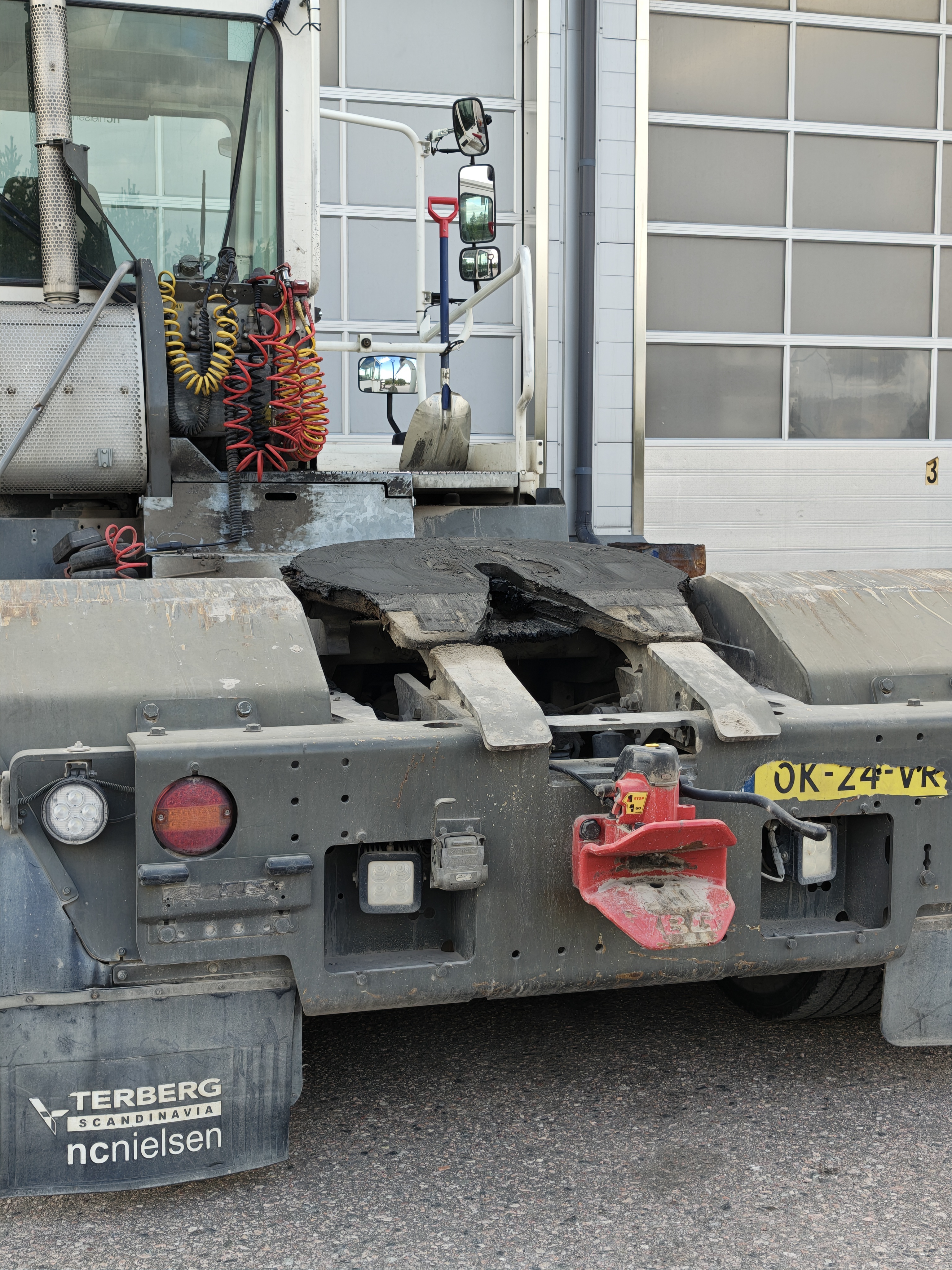What is the Maximum Permitted Weight and Length for Freight Transport in the Nordics 2024?
Regulations on the length and weight of freight transport differ significantly in the Nordic countries. Finland still stands out in permitting he longest and heaviest combinations, and they are at the forefront of the development of HCT (High Capacity Transport).
Cross-border traffic – what are the requirements for transport in the Nordics 2024?
There are national differences in the Nordic countries when it comes to freight transport, and these are important to understand when driving across borders.
|
|
DK |
SE |
NO |
FIN |
|
Max. combination length (metres) |
18.75 m |
34.5m |
25.25 m |
34.5 m |
|
Max. combination weight (tonnes) |
56 t |
74 t |
60 t |
76 t |
|
Max. height (metres) |
4.1 m |
- 1) |
- 1) |
4.4 m |
- Sweden and Norway do not have legislated height restrictions, but the road network is built with a clearance height up to 4.5 m (lower clearances are signposted).
Denmark:
The Danish Parliament has recently adopted an amendment to the Danish Road Traffic Act, which means trials with double trailers have been given the green light starting on 1 January 2024.
Double trailer combinations, also known as EMS2, are extra-long road trains of up to 34 metres, and the new amendment allows them to operate on a trial route between Aarhus and Høje Taastrup.
Sweden:
On 1 December 2023, 590 km of state roads on the Swedish road network were opened for truck combinations of up to 34.5 metres. The Swedish Transport Administration has opened the designated road network for these long trucks (road trains) of up to 34.5 metres. This is possible due to an amendment to Swedish traffic regulations that entered into force on 31 August 2023.
Norway:
In Norway, timber truck combinations and modular vehicles have a weight of up to 60 tonnes, depending on the wheelbase. LVCs are only permitted to operate on a limited part of the road network.
Finland:
76 tonnes and 34.5 m HCT combinations can operate on virtually the entire road network, with the exception of some cities. It is the driver’s responsibility to judge accessibility.
Calculate performance values on your vehicle combination
Recommended reading

The year in review on The Strong Connection – 3 articles setting the tone for 2026

The transition enters its next phase – Future outlook 2026

